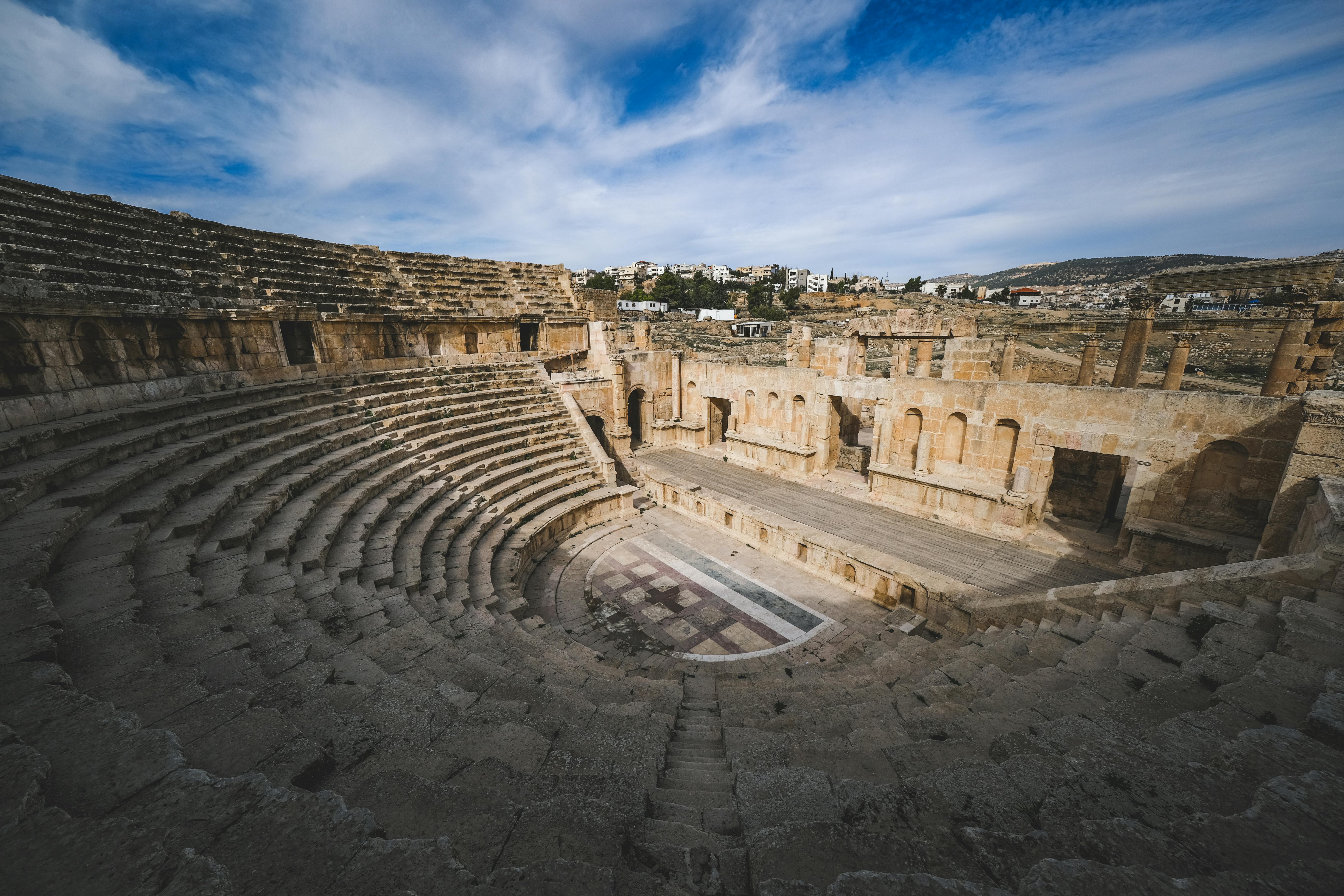
Unearthing Scotlands Hidden Treasures: Exploring the Fascinating Archaeological Sites and Ruins of the Country
Unearthing Scotland's Hidden Treasures: Exploring the Fascinating Archaeological Sites and Ruins of the Country
Scotland is a beautiful country, filled with picturesque landscapes and rich history dating back to the ancient times. Over the years, the country has played host to various civilizations like the Picts, Celts, and Romans, each leaving behind an everlasting mark on the land.
The Scottish landscape is filled with hidden treasures, and the country's numerous archaeological sites and ruins offer an unprecedented glimpse into the past.
Edinburgh Castle
One of Scotland's most well-known archaeological sites is Edinburgh Castle, built on top of an extinct volcano. The castle has been in use as a royal residence and military stronghold since the 12th century AD. Today, the castle is a popular tourist attraction, and visitors can explore the castle's grounds or take a guided tour to learn about the castle's rich history.
Orkney
Orkney is a collection of islands off the northern coast of Scotland and is home to some of the country's most notable archaeological sites. The islands are home to Skara Brae, a village that dates back to around 3200 BC. Visitors can explore the village's intricate stone pathways and see how ancient people lived during the Neolithic period. Other notable sites on Orkney include the Ring of Brodgar, a standing stone circle dating back to around 2500 BC, and Maeshowe, a Neolithic tomb.
The Caves of Cumbria
Cumbria, located in the Scottish Borders, is a popular destination for archaeology enthusiasts. The area is home to numerous caves, including the well-known Devil's Beef Tub cave system. In addition to spelunking, visitors can also explore the area's many old ruins and castles, including the ruins of Hadrian's Wall, which was once a military stronghold designed to separate Scotland from England.
The Isle of Lewis Chessmen
The Isle of Lewis, located off the west coast of Scotland, is home to a collection of 12th century chess pieces. The chess pieces, now at the British Museum in London, were discovered in 1831 by a local farmer. The Isle of Lewis is also home to numerous ancient ruins and standing stones, further adding to the area's rich history.
In conclusion, Scotland is a country with an immense historical significance and beautifully preserved archaeological sites and ruins that are worth a visit. Exploring the hidden gems of this country offers insight into a rich and complex past and a deep appreciation for the land's history and culture.
